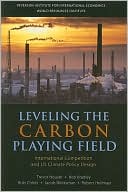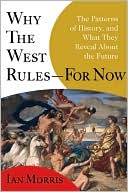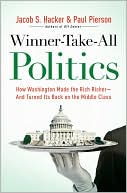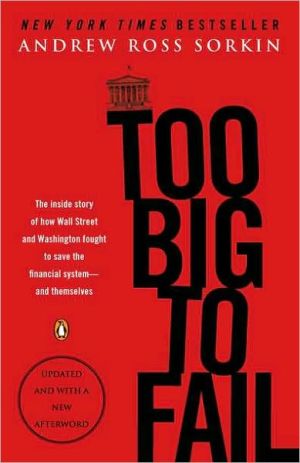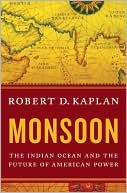Leveling the Carbon Playing Field: International Competition and US Climate Policy Design
Search in google:
As political momentum surrounding climate change builds in the US, policymakers are taking a fresh look at national climate policy and American involvement in multilateral climate negotiations. And as in years past, the potential economic impact of any US effort to reduce greenhouse gas emissions stands as a central question in the Washington policy debate. Of particular concern is the effect climate policy would have on carbon-intensive US manufacturing. Many of these industries are already under pressure from foreign competition, particularly large emerging economies like China, India, and Brazil that are not bound to reduce emissions under the current international climate framework. As the Congress takes up domestic climate legislation and the Administration reengages in multilateral climate negotiations, policymakers are looking for ways to avoid putting US industry at a competitive disadvantage vis-à-vis countries without similar climate policy, lest a decline in industrial emissions at home is simply replaced by increases in emissions abroad. While this would be best achieved through harmonized international climate policy, the differences between countries in level of economic development, obligations stemming from historic emissions and responsibilities arising from future emissions, mean harmonization is still a long way off. The question then, in the design of domestic US climate policy today, is how to level the playing field for carbon-intensive industries during a period of transition, where trading partners are moving at different speeds and adopting a variety of policies to reduce emissions...and how to do so in a way that doesn't threaten the prospects of broader international agreement down the road. This book, a collaboration between the Peterson Institute for International Economics and the World Resources Institute, tackles these issues through an assessment of the economics and trade flows of key carbon-intensive industries. They evaluate a wide range of policy options, including those that would impose carbon costs on foreign-produced goods at the border (currently included in draft US legislation and under consideration in the EU) in terms of their effectiveness in reducing emissions and addressing competitiveness issues and their impact on health of multilateral trade and climate negotiations.
Preface ixExecutive Summary xvAcknowledgments xxiIntroduction: How Climate and Competitiveness Fit Together 1Background 3Identifying Vulnerable Industries 5A Broader View of Competitiveness? 10Options for US Policy Design 12Cost Containment Mechanisms 15Price Caps 16Borrowing and Banking Allowances 18Free Allocation of Allowances 20Tax Credits 22Offsets 23Exemptions 24Containing Noncarbon Costs 25Trade Measures 29Designing a Trade Measure 30Scenarios for Implementation 38Effects on US Producers 42Implications for International Engagement 55Coordinated International Action 59Prospects for International Engagement: The Case of China 62Models for Cooperation on Industrial Emissions 64Need for US Leadership 71Scope for International Agreement 71Conclusion 73Cost Containment Mechanisms 74Trade Measures 75Coordinated International Action 77Looking Forward 78References 79Glossary 83About the Authors 87Index 89TablesManufacturing-sector energy demand by industry, 2002 7US carbon-intensive industries and key products, 2005 11Cost containment mechanisms 17Natural gas and electricity dependence in US industry (share of total energy demand), 2002 19US imports by origin, 2005 44US role in global production, trade, and carbon emissions, 2005 61FiguresManufacturing's declining role in the United States, 1948-2005 3US trade deficit and China's share, 1976-2006 4US industry exposure to climate costs based on energy intensity and imports as a share of consumption 9Manufacturing share of total CO[subscript 2] emissions, 2005 25Net imports as share of US demand, 2005 43Share of US imports from Annex I countries, 2005 45Share of US imports from non-Annex I countries, 1986-2006 46Carbon intensity of steel, 2005 47Energy and carbon intensity index for chemicals, 2005 49Pulp used in paper production, 2005 50Cement kiln type and fuel source, 2005 51Demand growth by country grouping, 1991-2005 53Chinese production and exports as shares of global supply, 2005 54Chinese exports as share of domestic production, 2005 54Annual CO[subscript 2] emissions, historic and projected, 1974-2029 65Per capita CO[subscript 2] emissions, current and projected 66BoxesCarbon tax versus cap and trade 6Measuring carbon at the border 33Defining "comparable" 39US antidumping law: A questionable precedent 41Porous borders 56The sanctions track record 57Lessons from WTO accession 67
